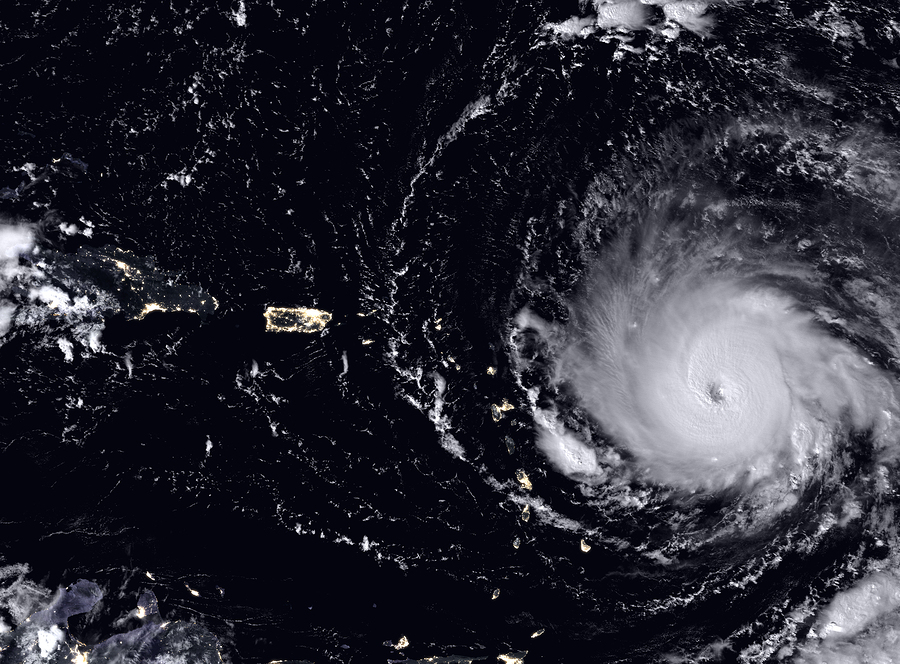
Opioid overdose has recently become the leading cause of fatal injuries in the U.S. as rates of abuse have been steadily increasing over the past decade. Rising statistics of emergency room visits, deaths and dependency related to opioids results in an alarming trend which has the government seeking solutions. The opioid crisis is a national problem that is now on every politician and lawmaker’s mind in order to reduce the impact that this drug has had on our country.
Abuse of opioids has not always been such a tremendous problem and it is only recently that numbers have reached epidemic levels. When opioids were first introduced in the form of morphine and opium, the drug became rampant until a law regulating its production and sale in 1914 worked to dramatically decrease opioid use. Opioid use was minimized by government laws for years studies were published in the 1980s claiming that opioids were not as addictive as previously believed.
These papers actually encouraged the long-term use of opioid for pain management and noted a low risk of addiction in patients with chronic pain. The study was cited in many cases in support of opioid use in spite of its limitations in using a small sample size and very low doses of opioids. When Oxycontin was introduced in 1995, aggressive marketing tactics were used that often cited this flawed study as evidence that opioids were not addictive.
Throughout the mid-90s the pharmaceutical industry heavily advertised opioids like Oxycontin to both providers and patients. Pharmaceutical companies also provided contributions to regulatory organizations such as the Federation of State Medical Boards and a number of others so that they would encourage opioid use to reduce pain. Physicians were urged to treat pain aggressively with opioids while organizations helped to spread the belief that opioid use would not result in dependence.
An Increase in Prescriptions
All of these tactics employed by the pharmaceutical industry resulted in physicians becoming more lenient about prescribing opioids to patients. Doctors were more permissive in allowing people to use medications such as Oxycontin without much regard to possible consequences. This trend continued into the early 2000s as more studies suggesting a low risk of addiction continued to mislead physicians and patients alike.
Rates of chronic pain began to rise and boundaries to treat these disorders also expanded. Pain advocacy groups promoted aggressive diagnosis and management for pain. The FDA was also passive in developing risk evaluation and mitigation strategies for opioid addiction.
All of these issues combined led to a dramatic increase in the number of people being prescribed opioids for pain and subsequently an increase in opioid dependency. Opioid use became normalized over time but ultimately use of the drug progressed very quickly.
Reaching the Point of Crisis
Opioid addiction rates continued to grow throughout the 2000s until in 2007 drug overdose deaths surpassed car collisions as the number one cause of death by injury. The Centers for Disease Control documented how prescription opioids were to blame for these deaths more than any other drug.
Addiction to opioids is particularly an American problem. The U.S. is responsible for more than three quarters of the world’s opioid use in spite of representing only 5% of the global population. In 2014, overdose deaths in the U.S. were more than 2.5 times the rates in 1999 and were the highest they had been in over 15 years.
Dependency on opioids can occur in different ways but research indicates that 50.5% of individuals engaging in non-medical use of these drugs obtain them from an acquaintance while 22.1% obtain them directly from a physician.
In spite of the early studies that helped to drive the increase in opioid use, the reality is that nearly all individuals using prescription opioids will develop a dependence. This means that they experience withdrawal symptoms at the cessation while many others also struggle with impaired control over their drug use. It is also common for opioid users to switch to heroin once they become addicted.
The Future of Opioid Use
Now that opioid use has reached epidemic rates, efforts are being made to attempt to reduce the problem. Responses from local, state and federal levels have led to an increase in prevention, education and enforcement to combat high mortality rates. Prescription drug monitoring programs are being put into place to prevent over-prescribing by physicians and “doctor-shopping” by people abusing opioids.
Education programs for prescribers now help promote safe prescribing and and prevention of adverse outcomes. First responders are now more often equipped with naloxone, a medication that helps prevent death from overdose. The Affordable Care Act also expanded treatment for opioid addiction, although under the new administration it is unclear whether this access will continue.
The post The Past, Present and Future of the Opioid Crisis appeared first on The Gooden Center.
source https://www.goodencenter.org/past-present-future-opioid-crisis/




